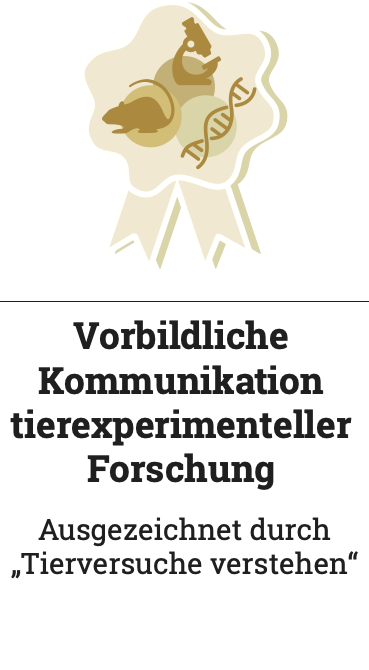
Research without animal experiments
A large part of biomedical research is not dependent on animal experiments
Many research groups at the Max Delbrück Center work exclusively with alternative or animal-free methods, they use patient data or human tissues, organoids or computational biology. Other groups combine methods: At first, they test their hypothesis on the computer or with cell cultures. Only then – and only if there is no other option – do they continue their research with an animal model. And at the end, if the work with animal models has been successful, clinical studies may then follow in which the therapeutic agent or method is tested on human subjects.
The Max Delbrück Center is directly involved in Berlin’s Einstein Center 3R, the preparatory phase began in 2020. The Center aims to advance the development of alternative methods to animal research in biomedicine and to reduce or replace animal experiments wherever possible. It is expected to be operational in 2021.
The most important questions and answers
- Which alternative/animal-free methods does the Max Delbrück Center use?
-
-
Animal experiments are just one of many methods that researchers use when conducting studies. As a rough estimate, more than half of all experiments are carried out on cell models, about one-third use computer simulations (“in silico”), and the rest are animal experiments. However, categorizing these methods is not as clear-cut as it sounds. For example, tissue from laboratory animals is also used to create cell cultures – unless tissue samples donated by human patients are available. This also applies to the three-dimensional tissue cultures, organoids or mini-organs, which are used at the Max Delbrück Center.
What is important is that animal experiments are only used when the research question cannot be answered using any other methods.
The use of human tissue samples, especially in combination with new analytical techniques, can provide important insights. For example, an international team led by the Max Delbrück Center has found a large number of mini-proteins in human heart tissue that have never been discovered in mice, but that probably play an important role in human heart disease.
If scientists believe that animal experiments are absolutely necessary in the investigation of a research question, every research team involved must outline their reasoning in the application for approval. This requires intensive research into alternative methods in advance. The application has no chance of success if suitable alternative methods exist. Every application is reviewed by the relevant authority – in Berlin, this is LaGeSo – together with an independent and advisory animal welfare committee. This committee submits a written opinion that assists the regulatory authority with its decision on the application. At least one-third of the members of this committee are appointed on the recommendation of animal welfare organizations. The members, who all serve in a voluntary capacity, include professional veterinarians, scientists and doctors.
- What are organoids and how are they used in research at the Max Delbrück Center?
-
Organoids are precursors to artificial organs – cell assemblies that can be produced from stem cells in the test tube (in vitro). Organoids are used to simulate disease processes three-dimensionally and thus improve our understanding of them.
-
Organoids are precursors to artificial organs – cell assemblies that can be produced from stem cells in the test tube (in vitro). Under the right conditions, these cells spontaneously form a three-dimensional structure a few millimeters in size. This method now enables scientists to simulate several organs and tissue types in the laboratory.
Organoids could certainly serve to partially replace animal experiments in the future. For this reason, the Max Delbrück Center has established a technology platform for organoids with the aim of reproducing disease processes three-dimensionally in order to gain a better understanding of them. For example, one research group at the Max Delbrück Center is investigating how neuromuscular organoids can be kept alive in the lab for longer periods of time, and to what extent they are comparable to “real” tissue. These organoids offer a promising model for the study of neurodegenerative diseases like amyotrophic lateral sclerosis (ALS). ALS is an incurable degenerative disease of the motor nervous system, which leads to weakening of the muscles of the arms and legs and the respiratory muscles. In the late stage of the disease, the muscles become paralyzed and the life expectancy of the affected person is usually reduced to three to four years.
However, research on organoids still has very clear limitations: organoids cannot simulate entire bodily functions and how these functions interact, nor can they mimic sensory experience.
Research, animal experiments and the 3Rs
Why animal research?
Why we cannot yet avoid animal testing
Our laboratory animals
PRC Preclinical Research Center
The 3R principles
Research without animal experiments
Mini-organ, mathematical model or mouse?
Facts and figures
Approval and monitoring
Transparent communication

